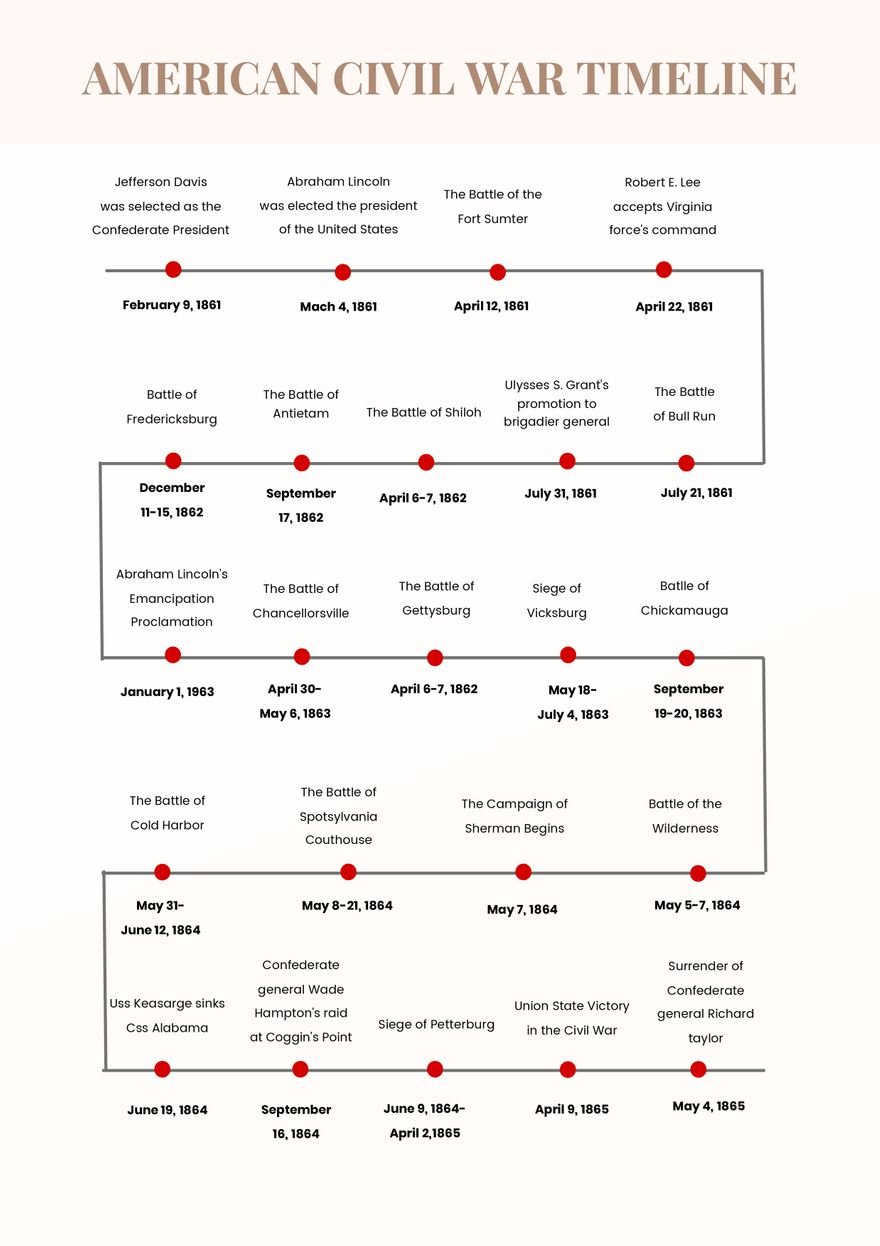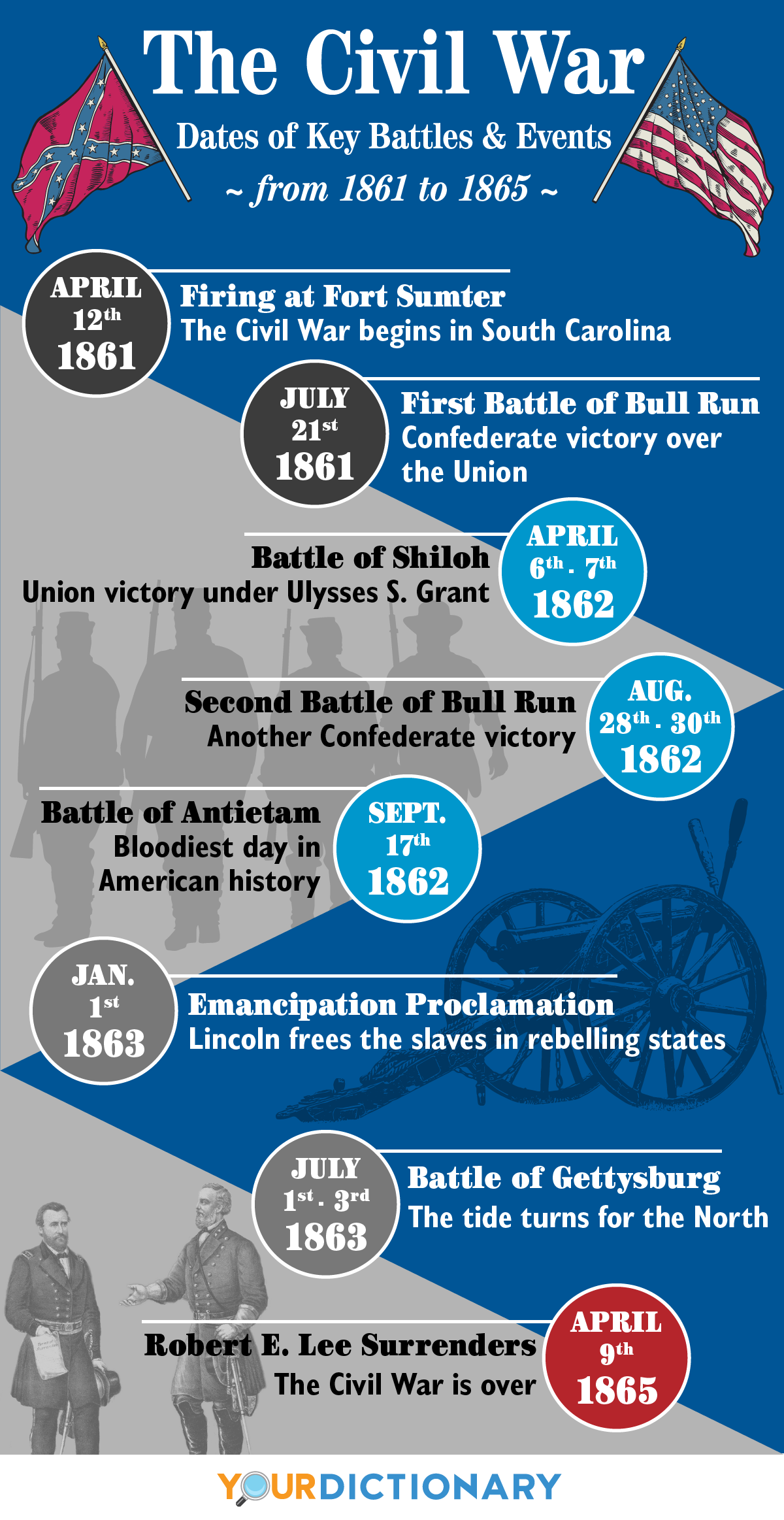
Okay, here is a 1200-word article in English about the legends of America, framed through the lens of the Civil War timeline, in a journalistic style, and including interesting facts and quotes.
Echoes of Iron and Spirit: American Legends Forged in the Civil War Timeline
America, a nation perpetually in motion, is a vast tapestry woven with ambition, tragedy, and an unyielding spirit. Its landscape, from the ancient Appalachian peaks to the sun-baked deserts, is steeped in stories – tales of the fantastic, the heroic, and the haunting. But to truly understand the legends that beat at the heart of the American identity, one must inevitably journey through a pivotal, scarring epoch: the Civil War. Ah, the Civil War timeline. It wasn’t merely a conflict; it was a crucible that reshaped the very soul of the nation, a seismic event that not only created new legends but profoundly altered and amplified those that came before.

Before the first shots were fired at Fort Sumter in 1861, the American spirit was already rich with burgeoning mythologies. Native American oral traditions spoke of trickster gods, powerful spirits, and the deep, abiding connection between humanity and the land. These ancient narratives, often ignored or suppressed, form the bedrock upon which later legends would inadvertently build, speaking to the profound mystery and power of the continent itself.
Then came the European settlers, bringing their own folklore, but quickly adapting to the New World’s challenges. Figures like Johnny Appleseed (John Chapman), who wandered the frontier planting apple orchards, became a gentle emblem of westward expansion and a benevolent tamer of the wild. Born in 1774, his peripatetic life stretched into the 1840s, a quiet, almost monastic legend in an era of burgeoning individualism. He represented a nascent American ideal: self-reliance, a touch of eccentricity, and an enduring connection to the land that would soon be drenched in blood.
But it was the frontier, rugged and unforgiving, that truly began to define a distinctly American heroic archetype. Davy Crockett and Daniel Boone, frontiersmen whose exploits straddled the line between historical fact and tall tale, embodied the spirit of exploration and self-sufficiency. Crockett, famously "born on a mountaintop," was a real congressman from Tennessee, but his legend, amplified by almanacs and stage plays, portrayed him as a bear-hunting, coonskin-cap-wearing epitome of backwoods grit. His death at the Alamo in 1836 cemented his status as a martyr for American expansion, a symbol of defiant courage that would resonate profoundly as the nation moved closer to its own internal conflict. These were the heroes of a young, expanding republic, their stories echoing the very traits – courage, independence, a fierce loyalty to one’s chosen path – that would be tragically tested when brother fought brother.
As the Civil War loomed, the nation was a powder keg of unresolved tensions. The issue of slavery, in particular, gave rise to powerful, if often suppressed, legends within the enslaved communities. Spirituals, coded messages of hope and defiance, became a powerful form of cultural resistance, creating a shared mythology of freedom and justice. The stories of escape on the Underground Railroad, while harrowing realities, took on legendary status, with figures like Harriet Tubman becoming a Moses-like figure, guiding her people to the promised land of liberty. Her courage, resourcefulness, and unwavering faith were not merely historical facts but potent symbols of resistance against an oppressive system, legends whispered in hushed tones, fueling hope against unimaginable odds.
Then came the war itself. The Civil War (1861-1865) was an unprecedented national trauma, claiming an estimated 620,000 to 750,000 lives – more American casualties than all other wars combined until Vietnam. This scale of death and destruction inevitably birthed its own unique brand of legend: the spectral, the haunted, and the profoundly human.
Battlefields like Gettysburg, Antietam, and Shiloh became sacred, sorrowful grounds, rife with tales of ghostly soldiers still marching, spectral bugles sounding taps, and the lingering sorrow of lost souls. Stories of "Stonewall" Jackson’s ghost riding through the Shenandoah Valley, or the eerie apparitions seen by visitors to various historic homes, became part of the national folklore. These weren’t just campfire stories; they were a collective attempt to process unimaginable grief and the lingering presence of so much sudden, violent death. The very air, it seemed, was thick with the echoes of sacrifice.
Beyond the supernatural, the war also solidified the legends of its towering human figures. Abraham Lincoln, the rail-splitter from Illinois, became the embodiment of national unity, his profound eloquence and tragic assassination cementing his place as perhaps America’s greatest martyr-hero. His words, like those from the Gettysburg Address – "that this nation, under God, shall have a new birth of freedom – and that government of the people, by the people, for the people, shall not perish from the earth" – transcended mere rhetoric, becoming foundational texts for the American legend of self-reinvention and enduring democracy.
Post-war, the nation was irrevocably changed. Reconstruction brought its own challenges, and with the vast movement of demobilized soldiers, freed slaves, and ambitious entrepreneurs, new legends rose from the ashes. The Wild West, a romanticized concept of lawlessness and opportunity, became a canvas for a new set of American myths. Many Civil War veterans, both Union and Confederate, found themselves adrift, seeking new lives or escaping old demons on the frontier.

Figures like Jesse James, a former Confederate guerrilla, transformed from a brutal outlaw into a folk hero for many Southerners, seen as a rebel against the Union-backed establishment. His legend, often embellished, tapped into lingering resentments and a romanticized view of resistance. "Jesse James was a lad that killed many a man," the ballad goes, painting a picture of a man who, despite his crimes, held a certain defiant appeal in a fractured society. Similarly, figures like Billy the Kid and Wyatt Earp became symbols of a raw, untamed frontier where justice was often swift and personal, and where legends were forged in gun smoke and grit.
But the post-Civil War era wasn’t just about outlaws and gunfighters. It was also an age of immense industrial expansion, a literal rebuilding of the nation. This era gave birth to one of America’s most potent and poignant legends: John Henry. A "steel-driving man" of immense strength and pride, John Henry was a freed slave who worked on the railroads, building the infrastructure of a new America. His epic contest against a steam-powered drilling machine, in which he famously won but died "with a hammer in his hand," speaks volumes about the human cost of progress and the enduring spirit of the working man. His legend is inextricably tied to the post-slavery industrial boom, a narrative impossible without the seismic shift of the Civil War. As the ballad proclaims, "A man ain’t nothin’ but a man, but before I let that steam drill beat me down, I’d die with my hammer in my hand, Lord, Lord."
The vastness of the American continent, increasingly explored and exploited in the post-war industrial boom, also fostered legends of its untamed wildness. The myth of Bigfoot, or Sasquatch, while ancient in its roots (drawing from Native American traditions of forest giants), gained significant traction in the late 19th and 20th centuries. It speaks to a primal fear and fascination with the unknown corners of a continent that, even after generations of settlement, still held vast, unexplored territories – a psychological counterpoint to the relentless march of industrialization.
Even the humble Paul Bunyan, the gargantuan lumberjack and his blue ox Babe, is a legend shaped by the post-Civil War drive for resource exploitation and the myth of the "can-do" American spirit. His tales of logging entire forests with a single swing and carving out rivers with his axe reflect the boundless ambition and larger-than-life scale of America’s industrial expansion, particularly in the booming timber industry of the late 19th and early 20th centuries.
In conclusion, America’s legends are not static museum pieces; they are living narratives, constantly evolving, yet deeply rooted in the nation’s historical currents. The Civil War, far from being a mere historical footnote, stands as a central, defining moment on the American timeline, a profound crucible that melted down old ideals and forged new ones. It shaped the landscape of courage and despair, giving birth to tales of spectral soldiers and steel-driving men, of defiant outlaws and unifying presidents. These legends, whether whispered around campfires or enshrined in literature, continue to resonate, offering glimpses into the complex, often contradictory, and always resilient spirit of a nation forever marked by the echoes of iron and the unyielding spirit of its people. They remind us that even in profound division, America’s story remains an epic, told through the timeless power of its legends.


